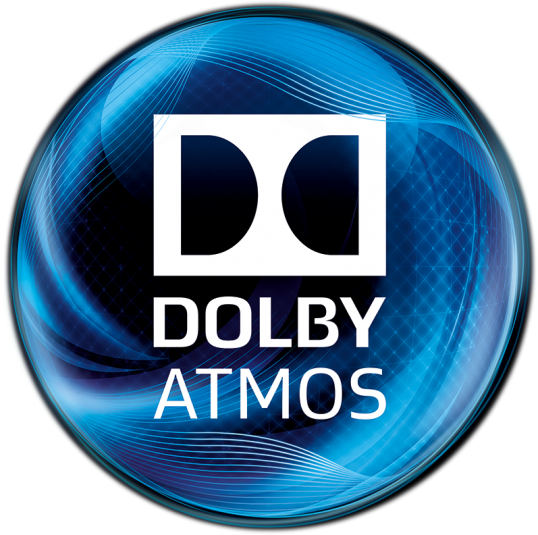Dolby Mulls Broadcast-Training Plans for Atmos/AC-4
High-profile sports productions have helped developed best practices for immersive audio delivery
 A number of high-profile international sports broadcasts in Dolby Atmos have been contributing to a set of best practices for immersive audio-delivery formats, he tells SVG. Now, with the official inclusion of the Dolby AC-4 as part of the next-generation ATSC 3.0 standard and the North American Broadcasters Association’s recommendation of Dolby AC-4 as the NGA standard for its membership, it will be possible to carry Dolby Atmos content more efficiently across broadcast networks, and this is expected to spur demand for the skills required to mix and handle the format.
A number of high-profile international sports broadcasts in Dolby Atmos have been contributing to a set of best practices for immersive audio-delivery formats, he tells SVG. Now, with the official inclusion of the Dolby AC-4 as part of the next-generation ATSC 3.0 standard and the North American Broadcasters Association’s recommendation of Dolby AC-4 as the NGA standard for its membership, it will be possible to carry Dolby Atmos content more efficiently across broadcast networks, and this is expected to spur demand for the skills required to mix and handle the format.
“In the 1990s, we used to do two-day seminars around audio for DTV and later for 5.1 surround,” he says. “We were bringing people throughout the industry up to speed on what the technologies could and could not do and how to get them up and running in their facilities. Now that Dolby AC-4 is officially in the ATSC 3.0 standard, we want to do that again for next-generation audio.”
Riedmiller says the company has a highly developed sense of the Atmos/AC-4 workflow that can be used as a foundation for a formal training program. Dolby engineers have already done some informal hands-on training with NBC engineers, collateral to the 2016 Olympics broadcasts from Rio, which tested live Dolby Atmos workflows. Dolby engineers were also instrumental in the successful launch of the Dolby Atmos on the BT Sport 4K UHD channel, for which weekly Premier League matches are now produced in Dolby Atmos.
Riedmiller says that, through work with BT, Dolby has gained a much greater insight into the training needed to bring live-production teams up to speed on the new techniques. He states further that training could take place in concert with some of Dolby’s technology partners, such as Lawo, Calrec, DiGiCo, and Avid.
“The focus will be on the practical aspects,” he explains. “There’s a lot going on under the hood. We want to be careful about keeping training focused on day-to-day operations.”
Although Dolby Atmos will be applied across all broadcast sectors, including episodic and long-form television, Riedmiller says, broadcast sports will be a key initial focus of any training program, acknowledging the “significant” differences between mixing live and for postproduction.
Training could commence later this year, with industry outreach and education leading up to and through NAB 2017, including the PBS Tech Conference and SVG’s DTV Audio Group events related to the show.

No comments yet. You should be kind and add one!
The comments are closed.